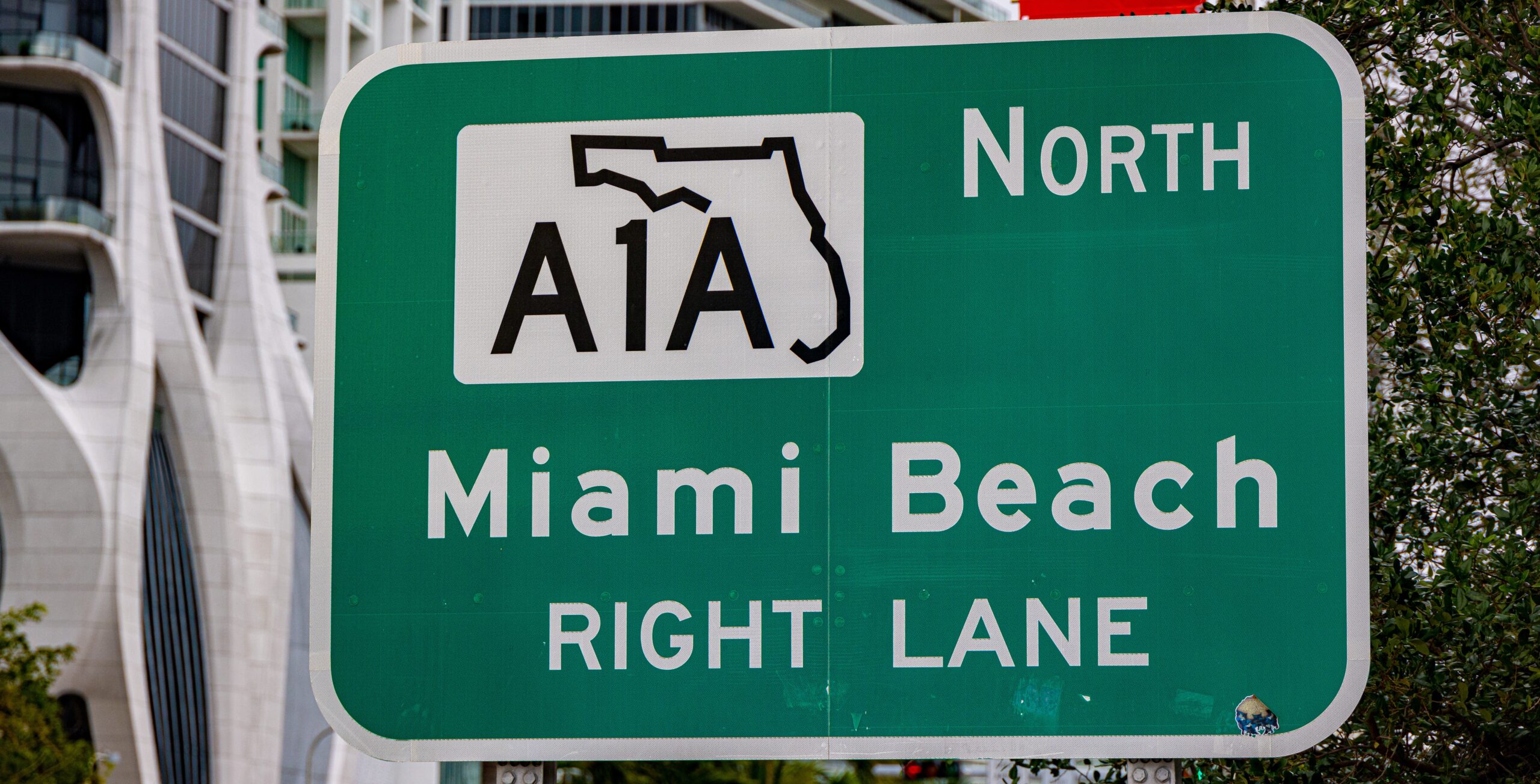Investing in Middle Capitalization Stocks: Risks Versus Rewards

The stock market, as a reflection of the global economy, presents infinite possibilities. Trillions of dollars in shareholder wealth may be classified according to geography, industry, and, of course, size.
As the name would imply, middle capitalization stocks fuse characteristics of both small and large cap stocks and occupy the mid-point of the financial risks versus rewards continuum for equities. Intelligent investors will study corporate structure and finance, before putting real money to work in financial markets.
Corporate Finance
Corporations are organized beneath state law to separate ownership from management of the operation. The Secretary of State approves and authorizes a number of shares of common stock to be sold to the investing public.
Limited liability shields outside, personal interests away from corporate losses and litigation. Corporations raise cash by issuing both debt and equity to investors.
Bondholders and creditors collect interest through the loan term before principal is repaid. Shareholders are granted ownership stakes, in exchange for putting up cash. Share prices fluctuate in accordance with profit projections for the underlying firm.
Market Capitalization
We calculate market capitalization by multiplying share price by the number of shares of common stock outstanding. Market capitalization is the price tag that Wall Street effectively applies to the entire corporation. All legitimate buyout offers will begin with a significant premium above share price and market cap.
Microsoft and Apple are now the two largest publicly traded businesses in the world, with $3 trillion and $2.8 trillion in market capitalization, respectively. Both companies are approaching the GDP of the United Kingdom, which is the sixth largest economy in the world, in its own right.
For the sake of comparison, Apple, Microsoft, Google, Exxon, Berkshire Hathaway, and other mega-cap stocks may be 100X larger than any mid cap listing. For this, the middle capitalization space is fertile ground for multinational corporations scouring the market landscape for bolt-on acquisitions.
Parameters and Characteristics
Mid cap stock market capitalizations range between approximately $2 billion and $10 billion. As a group, middle capitalization shares account for 10% of the U.S. stock market. Here, many of the more well-known names would include Cleveland-Cliffs, Shake Shack, Birkenstock, Sirius XM, The New York Times, and WD-40.
The typical mid cap stock is a mature brand that may still expand geographically and across multiple product lines. Here, investors are hopeful for real growth, without taking on the financial risks of a penny stock that may fail altogether.
Alternatively, growth stories for large cap stocks like Coca-Cola are far and few in between. Basic math shows $1 billion in additional sales being transformative for a middle capitalization firm, while barely appearing as a rounding error on multi-national income and balance sheets.
Apple itself has spent $500 billion on share buybacks over the past decade – to mask its ongoing lack of blockbuster product launches and bottom-line growth. On paper, it is financial engineering alone that drives Apple earnings per share (EPS) growth. We assume massive capital return programs to signal limited profit opportunities.
Financial Strategy
We observe middle capitalization stocks to provide an octane boost – to balanced, diversified portfolios. Mid-cap growth indexes approach 15% average annual returns, which compare favorably to 11% historic yearly large cap performance, as measured by the Standard & Poor’s 500.
Here, retail investors must accept more day-to-day volatility, in return for compelling growth prospects. In 2008, the Great Recession battered the Russell Mid Cap Index for a 41% loss.
Mid cap investors must steer clear of value traps and throwing good money after bad. The stock market is dynamic and fallen angels like BlackBerry and Eastman Kodak might crash through the mid cap space immediately prior to bankruptcy.
Still, by many accounts, mid-cap stocks occupy the sweet spot of the business cycle. Onyx itself has profited handsomely from Hershey, Wyndham Worldwide, and Tiffany shares. In 2021, Luis Vuitton closed out its Tiffany purchase for $16 billion, or a 30% premium above the jewelry maker’s share price at the time the deal was originally announced.
Our best mid-cap investments dominate a particular niche and leverage pricing power for fat profit margins. Four out of five homes in America own at least one can of WD-40 lubricant. Warren Buffett himself would describe this as an economic moat.

